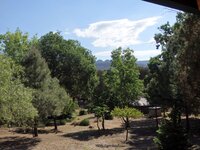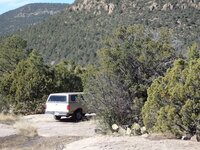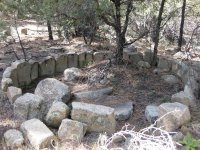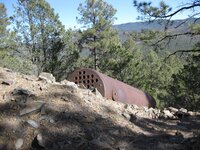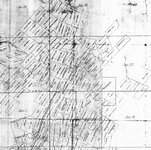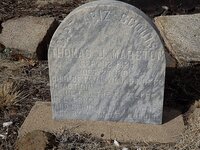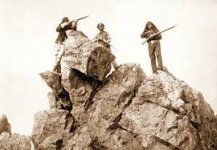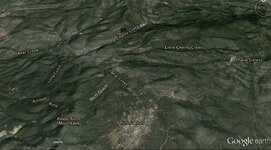motel6.5
Sr. Member
Sdifca, Re: Ft West, As you did I"m sure I read the thread on Ft West. Ft West history, 1-24-1863 to 1-8-1864 few days shy of 1 year,then closed. I say no store,no tradeing post at FT. West. 22 members of the Adams group , who left on their treasure hunt late in the year 1864 could not have picked up provisions and re-supplied their latter on.
Still the smart option would be as reported in many versions as Ft Wingate, and is probably correct ,is Fort Lyon,which became Fort Wingate at a latter date. My correct travel and timeline for the Adams group.
Still the smart option would be as reported in many versions as Ft Wingate, and is probably correct ,is Fort Lyon,which became Fort Wingate at a latter date. My correct travel and timeline for the Adams group.


